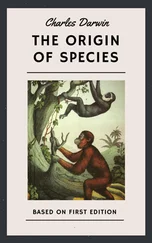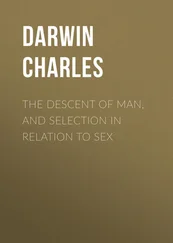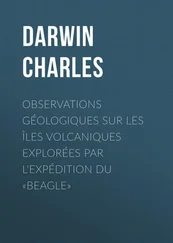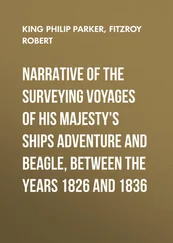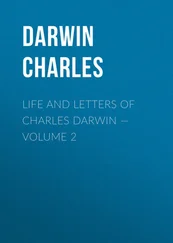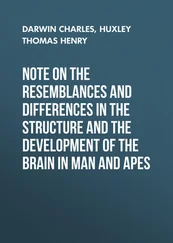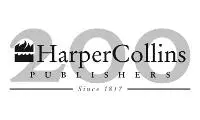 Copyright
Copyright
HarperCollins Publishers Ltd.
1 London Bridge Street
London SE1 9GF
www.harpercollins.co.uk
First published in Great Britain by HarperCollins Publishers 2002
Copyright © Richard Keynes 2002
Richard Keynes asserts the moral right to be identified as the author of this work
A catalogue record for this book is available from the British Library
All rights reserved under International and Pan-American Copyright Conventions. By payment of the required fees, you have been granted the nonexclusive, nontransferable right to access and read the text of this ebook on-screen. No part of this text may be reproduced, transmitted, downloaded, decompiled, reverse-engineered, or stored in or introduced into any information storage and retrieval system, in any form or by any means, whether electronic or mechanical, now known or hereafter invented, without the express written permission of HarperCollins ebooks
HarperCollins Publishers has made every reasonable effort to ensure that any picture content and written content in this ebook has been included or removed in accordance with the contractual and technological constraints in operation at the time of publication
Source ISBN: 9780007101900
Ebook Edition © FEBRUARY 2017 ISBN: 9780007571673
Version: 2017-08-09
Dedication
To my mother
Contents
Cover
Title Page
Copyright
Dedication
List of Maps
Prologue
1 The Man who Walks with Henslow
2 The Strange Consequences of Stealing a Whale-Boat
3 Preparations for the Voyage
4 From Plymouth to the Cape Verde Islands
5 Across the Equator to Bahia
6 Rio de Janeiro
7 An Unquiet Trip from Monte Video to Buenos Aires
8 Digging up Fossils in the Cliffs at Bahia Blanca
9 The Return of the Fuegians to Their Homeland
10 First Visit to the Falkland Islands
11 Collecting Around Maldonado
12 A Meeting with General Rosas on the Ride from Patagones to Buenos Aires and Santa Fé
13 The Last of Monte Video
14 Christmas Day at Port Desire, and on to Port St Julian and Port Famine
15 Goodbye to Jemmy Button and Tierra del Fuego
16 Second Visit to the Falkland Islands
17 Ascent of the Rio Santa Cruz
18 Through the Straits of Magellan to Valparaiso
19 Valparaiso and Santiago
20 Chiloe and the Chonos Archipelago
21 The Great Earthquake of 1835 Hits Valdivia and Concepción
22 On Horseback from Santiago to Mendoza, and Back Over the Uspallata Pass
23 A Last Ride in the Andes, from Valparaiso to Copiapó
24 The Wreck of HMS Challenger
25 From Copiapó to Lima
26 The Galapagos Islands
27 Across the Pacific to Tahiti
28 New Zealand
29 Australia
30 Cocos Keeling Islands
31 Mauritius, Cape of Good Hope, St Helena and Ascension Island
32 A Quick Dash to Bahia and Home to Falmouth
33 Harvesting the Evidence
34 Farewell to Robert FitzRoy
Epilogue
Notes
Index
About the Author
Other Books By
About the Publisher
Maps
The Voyage of the Beagle
Geological map of part of North Wales
Tierra del Fuego
Charles’s Eight Principal Inland Expeditions in South America
Port San Julian
The Straits of Magellan
West Coast of Chile
The Galapagos Islands
North and South Keeling Islands
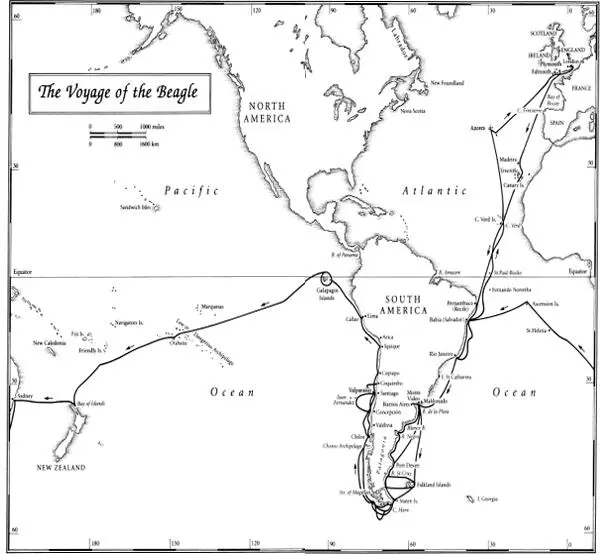
Prologue
In the autobiography written by Charles Darwin near the end of his life for the benefit of his children and descendants, 1 he said:
The voyage of the Beagle has been by far the most important event in my life and has determined my whole career; yet it depended on so small a circumstance as my uncle offering to drive me 30 miles to Shrewsbury, which few uncles would have done, and on such a trifle as the shape of my nose. I have always felt that I owe to the voyage the first real training or education of my mind. I was led to attend closely to several branches of natural history, and thus my powers of observation were improved, though they were already fairly developed.
There is no dispute with Darwin’s own estimate of the importance of the voyage of the Beagle in the subsequent development of his scientific career. He himself provided a classical description of the voyage in his Journal of Researches,2 but his biographers other than Janet Browne have not covered his scientific research on the Beagle in much detail, while Alan Moorehead’s Darwin and the Beagle3 was mainly concerned with the affair as the exciting adventure that it undoubtedly was, and gave a distinctly misleading picture of the relations between Darwin and FitzRoy. The purpose of this book is to retell the whole story, starting from the haphazard events in Tierra del Fuego that led Robert FitzRoy to take the Beagle there again, with a ‘well-educated and scientific person’ as companion. Then it is shown how FitzRoy’s scientist had precisely the right talents to make highly effective use of the array of new scientific facts that were presented to him in South America and in the countries visited by the Beagle homeward bound round the far side of the world. And lastly it is explained how Charles Darwin’s findings on the Beagle soon started him on the path that in due course led him to the discovery of the principle of Natural Selection and of the Origin of Species.
My interest in South America was first aroused in 1951, when I had the good fortune to be invited by Professor Carlos Chagas Filho to be Visiting Reader that summer at the Instituto de Biofisica in Rio de Janeiro. My ignorance about Brazil was profound, but I did know that Professor Chagas had a good supply of electric eels at his laboratory. Moreover, Alan Hodgkin, leader of our group working at the Physiological Laboratory in Cambridge on the mechanism of conduction of the nervous impulse, had just developed an important new technique for recording electrical activity in living cells that I could usefully apply to investigate the properties of what Charles Darwin had described as the ‘wondrous’ organs 4 in certain fishes that generated their powerful electrical discharges, though he had been puzzled about the manner of their evolution. So I spent two and a half happy months in Rio that summer, successfully unravelling the mystery of how the additive discharge of the electric organ was achieved. 5 The job complete, and having accumulated a pocketful of cruzeiros in payment for my efforts, I then took the recently established direct flight in a Braniff DC-6 from Rio to Lima over the Mato Grosso and the Andes, and made the first of many journeys to Peru, briefly calling on fellow physiologists in Chile and Argentina on the way home, and getting back to Cambridge for the Michaelmas term at the beginning of October.
In August 1968 I had been visiting a Chilean colleague at Viña del Mar, near Valparaiso, for discussions on a joint study of the biophysics and physiology of giant nerve fibres, and was flying home via Buenos Aires. Here the British Council representative, knowing me to be a member of the Darwin family, asked me whether I had seen the Darwin collection belonging to Dr Armando Braun Menendez. I had not previously taken any particular interest in the voyage of the Beagle , but fortunately the Argentinian professor who was showing me round knew Dr Braun Menendez, and took me to call on him. His impressive collection of papers and books was concerned with the exploration of the southern seas, and the Darwin item consisted of two little portfolios of pencil drawings and watercolours made on board the
Читать дальше
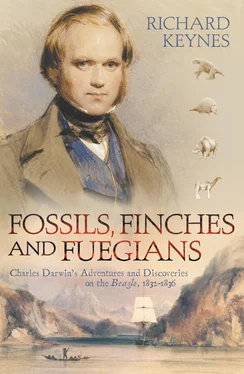
 Copyright
Copyright
